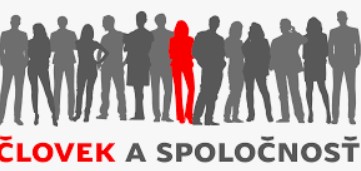Systems of Government Support of Minority Activities in Slovakia (2011-2020)
Systems of Government Support of Minority Activities in Slovakia (2011-2020)
Author(s): András MorauszkiSubject(s): Civil Society, Government/Political systems, Present Times (2010 - today), Ethnic Minorities Studies
Published by: SAV - Slovenská akadémia vied - Spoločenskovedný ústav SAV
Keywords: government funding; minorities; non-profit organizations; grants; Slovakia;
Summary/Abstract: Backround: According to the 2011 census, approximately 12% of the population of Slovakia declared their belonging to national minorities. Government funding has been available to organizations engaged in minority cultural activities since 1998, and since then it has become the most important income source for minority organizations. Besides these, minorities with a kin state may draw on resources coming from the latter as well, but this is out of the scope of this paper. In the period between 2011 and 2017, the culture of minorities was funded by the Government Office of Slovakia under the auspices of the funding program “Culture of National Minorities”. Since 2018 the Fund for the Support of Minority Culture has been funding these projects. With the reform, minorities have received more control over the distribution of the budget, which also became much larger. Objectives: The aim of the paper is twofold. It analyzes the system itself which encompasses the changes and continuities in the funding system in terms of rules, priorities, and the budget, but also the changes in the activity of the organizations, the distribution of project proposals by project type, and the type and nationality of the applicant. Besides this, the data provided by the donors are utilized for the sake of the analysis of the composition and structure of minority institutional systems in Slovakia. The analysis is based on documents and data published by the donors on the internet. Conclusion: By transferring the right of decision to councils elected by the minority organizations themselves, there was a potential for significant change in the priorities guiding the decisions. However, the comparison showed that in several respects the new system resembles the former to a considerable degree. Arguably the biggest change was the doubling of the budget. Nevertheless, this did not lead to a similar increase in the number of applicants or proposed projects. In general, smaller minorities were more successful than the larger ones. Nonprofit organizations were the favored type of organizations, and publishing and cultural activities and events were the most successful of the various project types. The data also provided insights into the size, composition and structure of minority institutional systems. While the Hungarians, Roma and Rusyns maintain a relatively extensive institutional system with many organizations, the institutional systems of smaller communities consist of only a handful of organizations. The analysis of the internal structure and inequalities within institutional systems showed, that the smaller minorities, in fact, tend to rely on an even more limited number of hierarchically structured organizations that try to cover as wide a range of activities as possible and receive the dominant share of the funding allocated to the respective minorities.
Journal: Človek a spoločnosť
- Issue Year: 25/2022
- Issue No: 2
- Page Range: 1-21
- Page Count: 21
- Language: English

